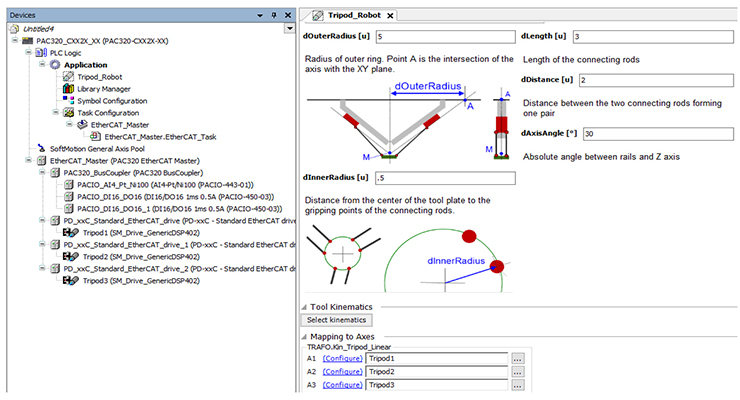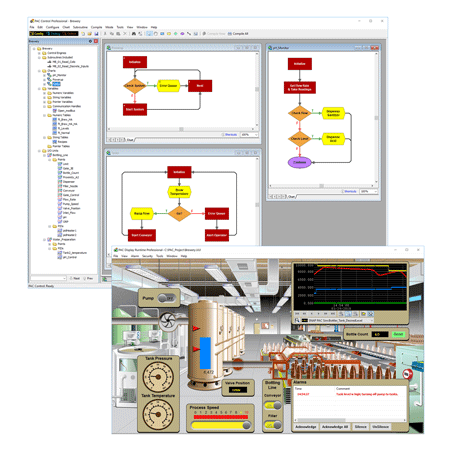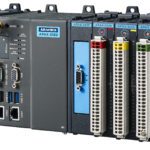Applications that require complex process or motion control also require elaborate and complicated programming — often across multiple components, functions, and parameters. But thanks to the integrated develop environment found in programmable automation controllers (PACs), the programming task for these complex applications is faster, less burdensome, and more reliable.

Image credit: Parker Hannifin Corporation
When ARC Advisory Group introduced the term “programmable automation controller,” they specified five characteristics that signify a PAC, including that it:
Employs a single development platform using common tagging and a single database for development tasks across a range of disciplines. The same software is used for all development; this IDE (integrated development environment) reduces development time.
Note that ARC’s definition specifically states that the purpose of the integrated development environment (IDE) in a PAC is to reduce development time. One of ways it does this is by managing all the tasks related to programming, including editing, compiling, and debugging. And because all programming is done in one software package — rather than requiring multiple software packages from different vendors — the IDE makes programming less tedious and easier to scale.
Also key to a PAC’s ability to simplify and reduce programming time are the two specific features of the IDE mentioned in ARC’s characteristics — common tagging and a single database. Common tagging means that each variable, or tag, the programmer defines (name and definition) can be used in every software application, whether it’s for control, human-machine interface, vision, or plant-wide ERP systems. And if a tag is changed at a later time, it’s easy to propagate the change throughout the system.
This common tagging is enabled by the use of a single database. In other words, the tag definitions are kept in one database that is available to all the applications in the IDE. This means that programmers don’t have to define and synchronize tags across different applications.

Image credit: Opto 22
Integrated development environments aren’t exclusive to programmable automation controllers. While the idea of an IDE goes back to TurboPascal in the early 1980’s, Microsoft’s Visual Basic, launched in the early 1990’s, is commonly recognized among programmers as the first IDE. (Note that Wikipedia identifies Maestro I, from Softlab Munich, as the first IDE, but does not specify the characteristics that made it recognizable as such.)
Probably the most recognized benefit of IDEs during their initial development and adoption was their ability to write, modify, compile, and debug code within a single program, simplifying the iterative process of writing, testing, debugging, and re-testing that programmers were accustomed to.







Leave a Reply
You must be logged in to post a comment.